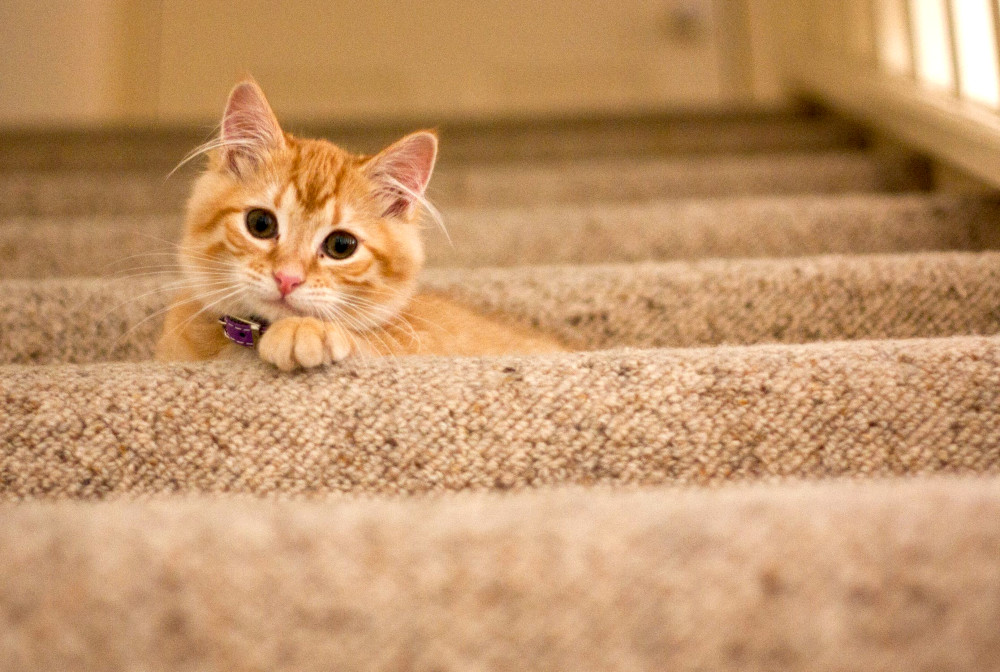Are you tired of constantly saying “no” to your cat’s unwanted behaviors, only to feel frustrated when they persist? Many cat owners find themselves in this situation, struggling to communicate effectively with their feline companions. But fear not! There are constructive ways to address your cat’s behavior without resorting to punishments or negative reinforcement.
Understanding Your Cat’s Behavior:
Cats are independent creatures with their own unique personalities and instincts. Often, what may seem like misbehavior is simply your cat expressing their natural instincts or seeking attention in unconventional ways. It’s crucial to understand the underlying motivations behind your cat’s actions before attempting to modify their behavior.
The Problem with Punishments:
Traditional methods of discipline, such as spraying your cat with water or shouting “no,” may seem effective in the short term, but they can damage your relationship with your cat and cause unnecessary stress. Punishments without positive reinforcement do not address the root cause of the behavior and may lead to fear or resentment.
Turning “No” into “Yes”:
Instead of focusing solely on saying “no” to your cat’s behaviors, consider providing alternative outlets and positive reinforcement. Here’s how you can redirect your cat’s behavior effectively:
- Identify the Triggers: Take note of the situations or stimuli that provoke your cat’s unwanted behaviors. Understanding what triggers these behaviors will help you devise appropriate solutions.
- Provide Environmental Modifications: Make changes to your cat’s environment to discourage unwanted behaviors and encourage positive ones. For example, use double-sided sticky tape on surfaces where your cat likes to scratch or jump to deter them without causing harm.
- Offer Acceptable Alternatives: Provide your cat with alternative outlets for their natural behaviors. Invest in scratching posts, cat trees, or interactive toys to redirect their energy in a positive direction.
- Use Positive Reinforcement: Reward your cat for engaging in desirable behaviors with treats, praise, or playtime. Positive reinforcement reinforces good behavior and strengthens your bond with your cat.
- Stay Consistent: Consistency is key when it comes to modifying your cat’s behavior. Be patient and persistent in implementing new strategies, and avoid reverting to punitive measures out of frustration.
Conclusion:
Communicating effectively with your cat requires patience, understanding, and a willingness to explore alternative approaches. By focusing on positive reinforcement and providing appropriate outlets for your cat’s instincts, you can redirect their behavior in a constructive manner. Remember, every “no” needs a corresponding “yes” to guide your cat towards more desirable behaviors and strengthen your relationship with them.
